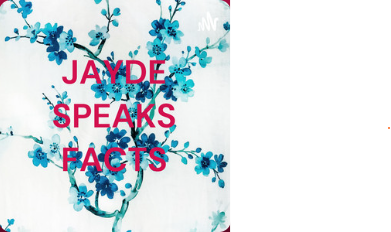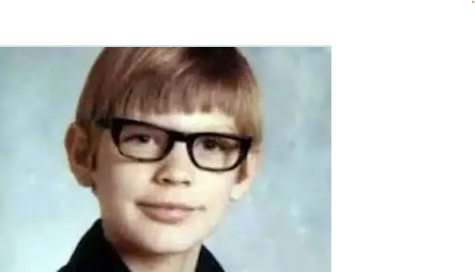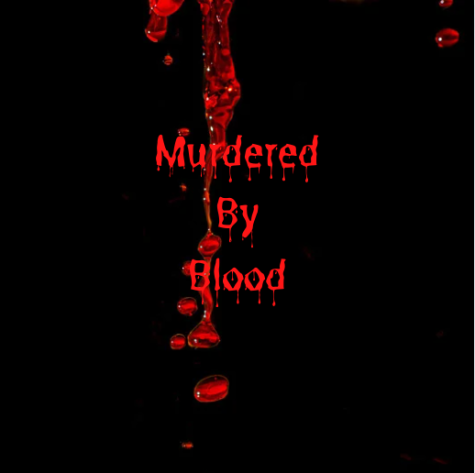Psycho
Psycho, directed by “the master of suspense” Alfred Hitchcock, is considered the father of horror and thriller movies. Psycho, a black and white film tells the story of a woman, Marion, who steals $40,000 from a client and quickly takes off to start a new money-filled life. She checks into an isolated motel run by (guess who) a psycho. This man is under the domination of his mother and throughout the movie, you question every move he makes.
Believe me, as soon as the theater-goer sees Norman Bates, the view is scared. Bates has an obsession with taxidermy (stuffing already killed animals to display in your house) sets the creepy tone for the movie. Marion is the only woman who has checked into the motel in weeks, so she and Norman spend a lot of time together, and yeah, it’s weird. We catch Norman peeping at Marion and from then, you know nothing about this man can be good.
Hitchcock is known to be one of the best directors of thriller films and it is definitely seen through this classic film. His slow build-up to a sudden shock keep viewers interested the entire movie. Even during the slower scenes, fans pay attention because every scene paints a bigger picture psychologically challenged Norman Bates. At first we have a soft spot for Bates, thinking he is just shy and awkward. Sure, he is little quirky, but he isn’t very frightening… yet, as the film creeps on, the audience witnesses a scarier version of Bates each time he has a conversation with Marion that involves his mother.
When the film was first released in 1960, people were drawn to it by the famous appeal of Janet Leigh, who plays the female protagonist, Marion. But when Norman, played by Anthony Perkins, pulls open the shower curtain and slashes her with a knife several times killing a lead actress only one third of the way into the film, does the movie take a completely different turn. This infamous shower scene is still referenced more than 65 years later and is probably one of the greatest scenes ever to come out of a thriller movie. The film turns away from woman on the run to a new protagonist, a man with many major psychological problems. This switch is brilliant and one of the most bold substitutions in Hitchcock’s long practice of films which lead and manipulates his viewers.
A little spoiler alert. It isn’t not until the end of the movie do we realize the psychological scar of Norman Bates psyche. He has been living a split personality: literally living two lives ever since the death of his mother – himself and his mother. This movie concludes with Bates sitting in the basement wearing a wig and woman’s clothing talking to himself, “It’s sad, when a mother has to speak the words that condemn her own son. But I couldn’t allow them to believe that I would commit murder. They’ll put him away now, as I should have years ago. He was always bad, and in the end he intended to tell them I killed those girls…”
Psycho is a true horror classic because it touches our deepest fears: a fear that we might impulsively commit a crime, or a fear of becoming the victim of a madman, and, of course , our fear of disappointing our own mother.









